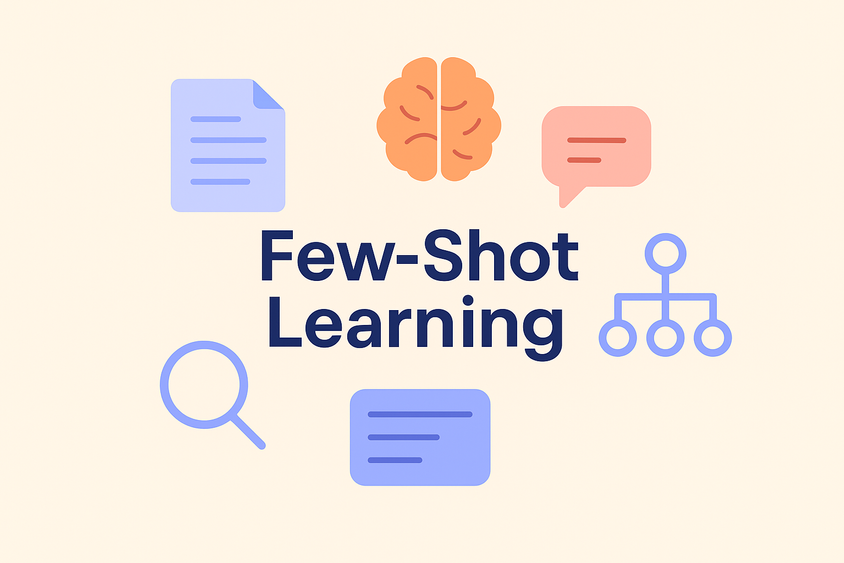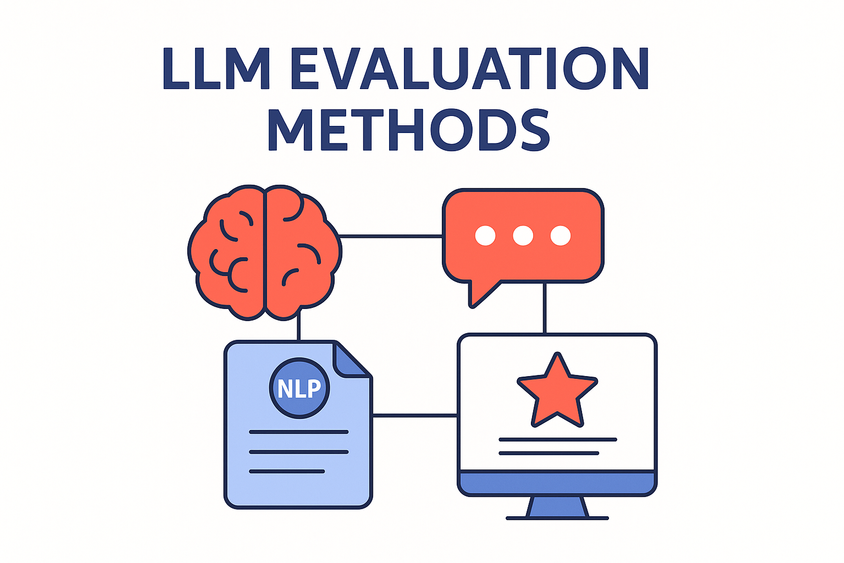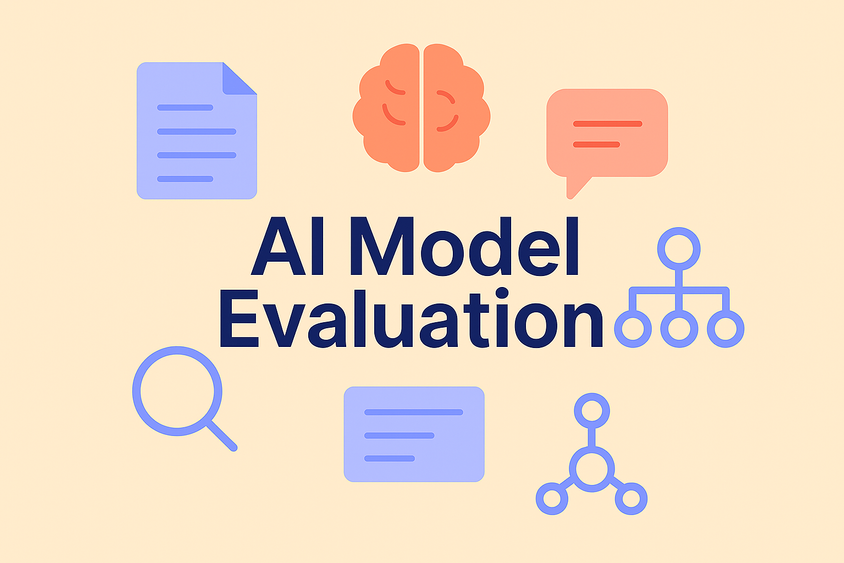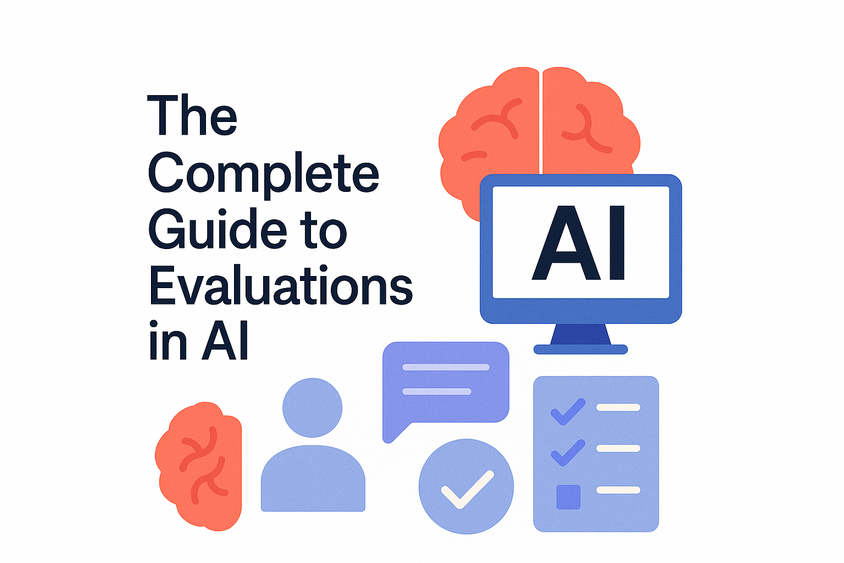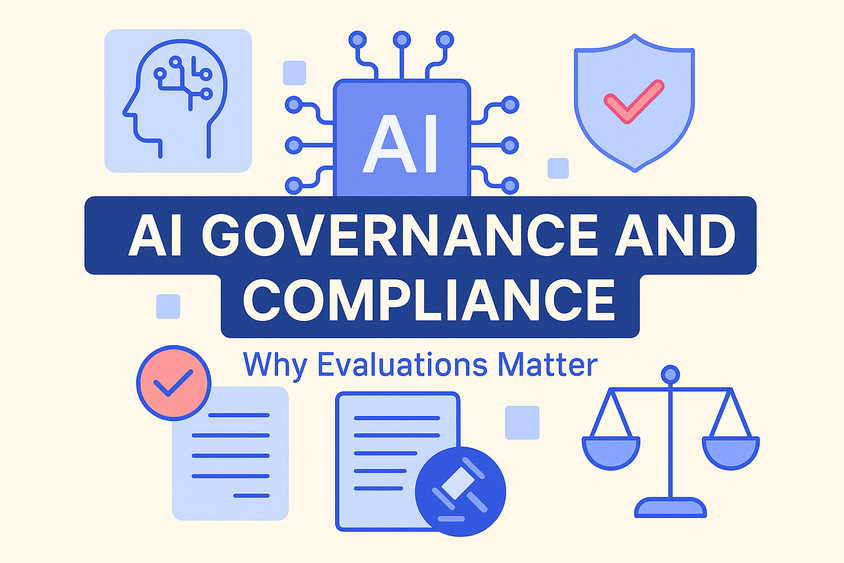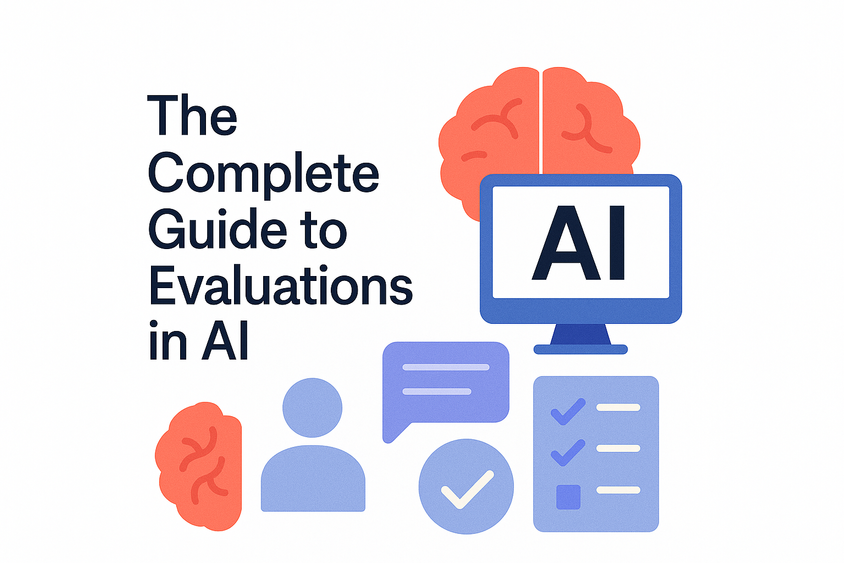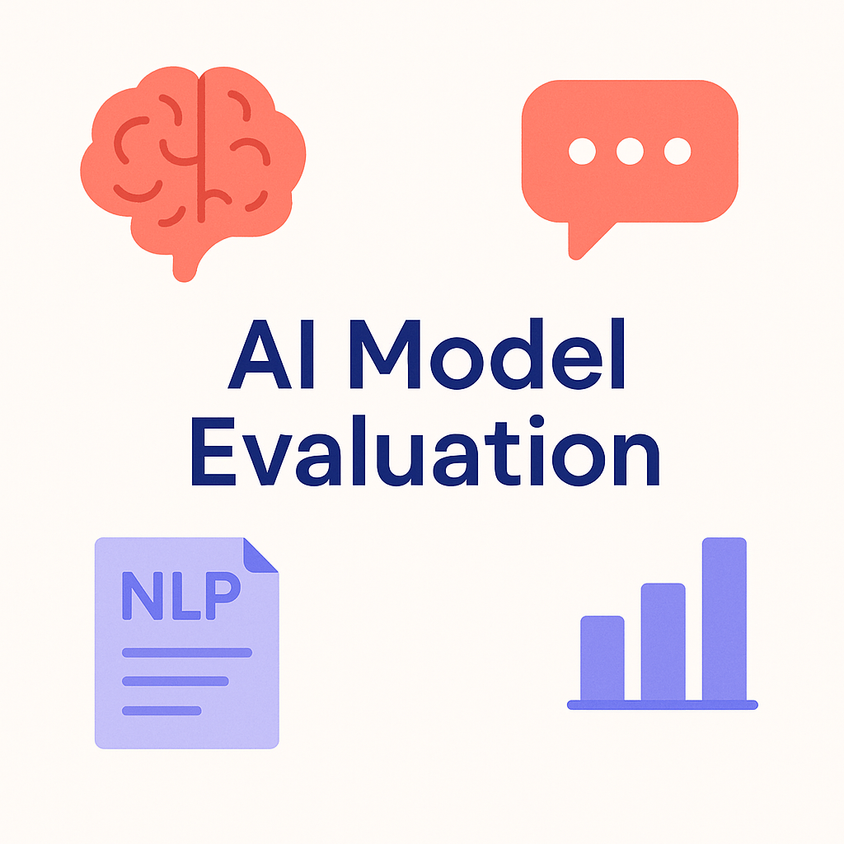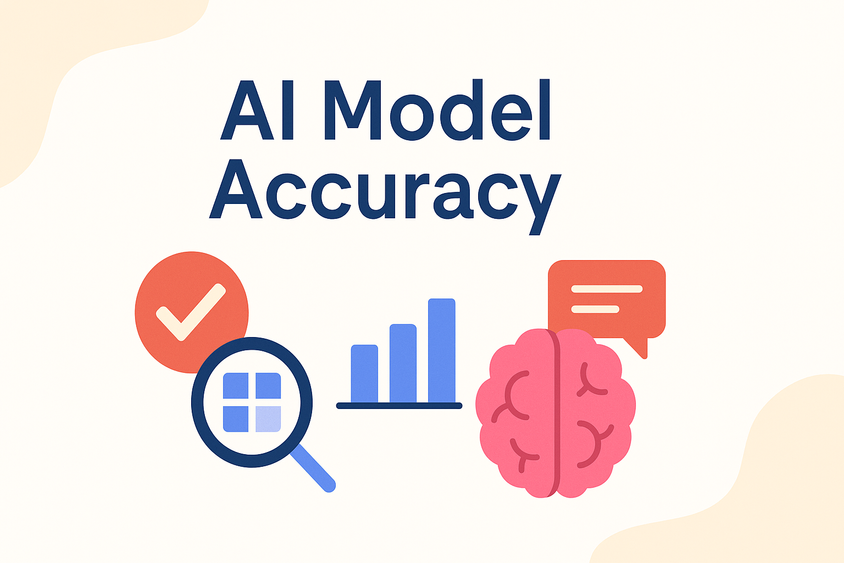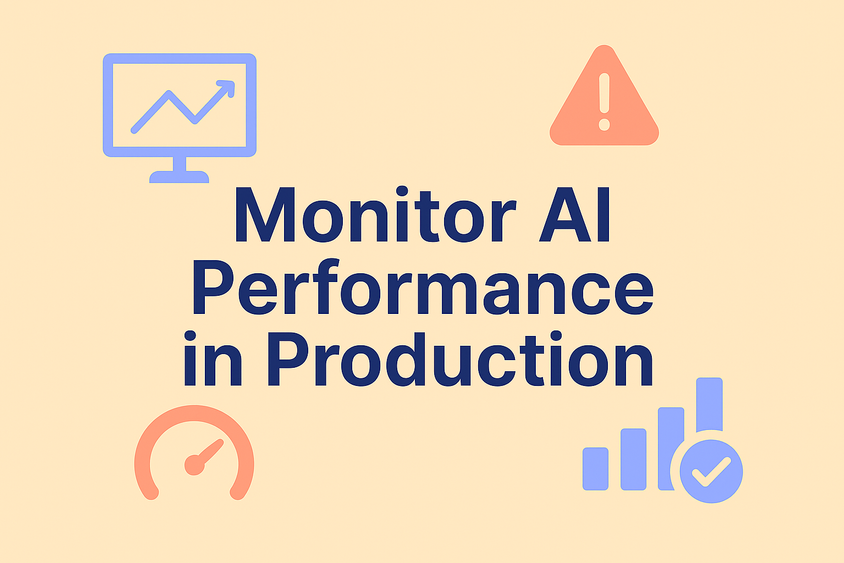Why Explainability Matters in AI Evaluation
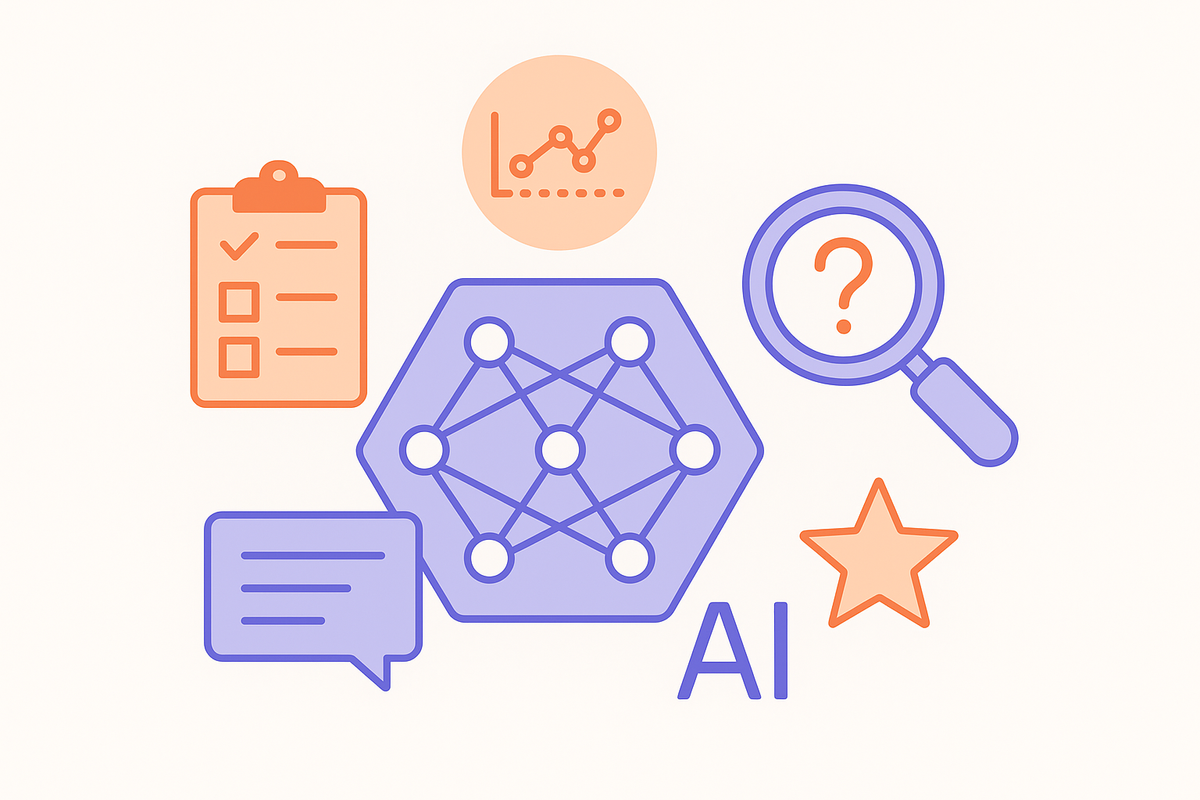
When you evaluate an AI model, accuracy is just one piece of the puzzle. You also need to understand why the model makes the predictions it does. That’s where explainability and interpretability come in.
In practical terms, explainability helps humans inspect, trust, and debug model behavior. It's especially critical when AI is used in high-stakes domains like healthcare, finance, or hiring, where a model's decision needs to be scrutinized and justified.
Explainability Tools Are Evaluation Tools
Explainability isn’t just about transparency, it’s a form of evaluation in itself. Techniques like SHAP, LIME, attention visualizations, and saliency maps let teams assess whether the model is making decisions based on relevant and ethical patterns, not spurious correlations.
This helps teams:
- Detect and mitigate hidden biases
- Uncover overfitting to irrelevant features
- Validate that model behavior aligns with human expectations
Interpretability and Trust
Models that are interpretable tend to be more trusted, not just by end users, but by developers and auditors. When stakeholders can follow the reasoning behind outputs, they’re more likely to spot flaws early, ask better questions, and iterate safely.
Interpretability can also aid in debugging evaluations themselves. If your evaluation metrics show a drop in performance, explainability can help pinpoint whether it's due to data drift, poor generalization, or edge-case failures.
Building Evaluation Pipelines with Transparency
Modern ML workflows are increasingly incorporating explainability directly into their evaluation stacks. For example, reviewing model predictions alongside feature attributions or prompt rationales can add a layer of qualitative insight to quantitative scores.
This is especially helpful in tasks like:
- Text classification: Are decisions based on meaningful keywords or demographic proxies?
- Computer vision: Are visual cues aligned with the target object or misleading background patterns?
- Multimodal models: Are different inputs contributing fairly and consistently?
In short: If you can’t explain your model, you can’t fully evaluate it.
Go Deeper: A Guide to Evaluations in AI
Explainability is just one piece of the evaluation puzzle. To build robust, reliable AI systems, you need a full view of how to assess model performance across dimensions like accuracy, bias, and real-world relevance.
Learn how to structure your evaluation pipeline, choose the right metrics, and incorporate human feedback at every step.
Try Label Studio and start your free trial today.
Frequently Asked Questions
Frequently Asked Questions
What’s the difference between explainability and interpretability?
Interpretability generally refers to how understandable a model is to humans, while explainability involves the tools and techniques used to uncover how a model makes decisions. They're closely related and often used interchangeably in practice.
Why is explainability important in AI evaluation?
It helps ensure your model isn’t making decisions based on biased, irrelevant, or opaque logic. This is critical for building trust, meeting compliance requirements, and catching errors that performance metrics alone can miss.
What are some common explainability tools?
Popular tools include SHAP, LIME, attention heatmaps, saliency maps, and counterfactual examples. These techniques can be integrated into evaluation pipelines to supplement metrics like accuracy or F1 score.
Do explainability tools work with large language models (LLMs)?
Yes, although it’s still an evolving area. Techniques like prompt rationales, token attribution, and traceable prompt chains are being used to interpret LLM behavior during evaluation.
